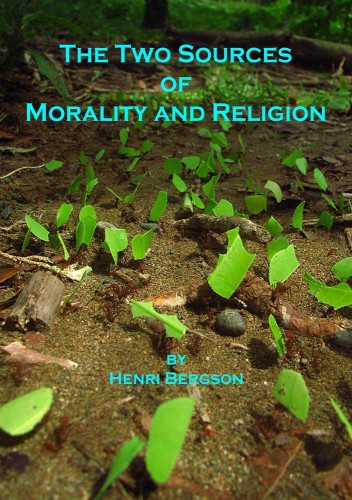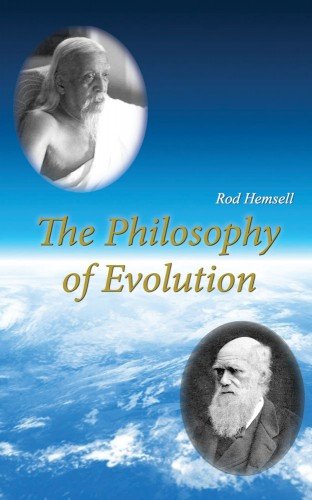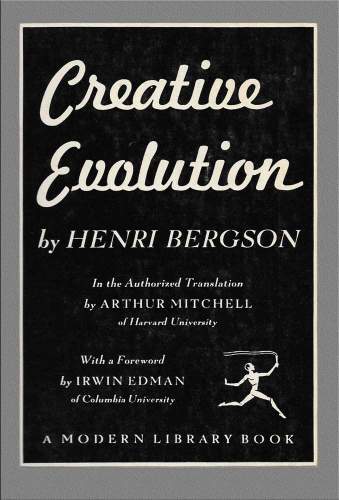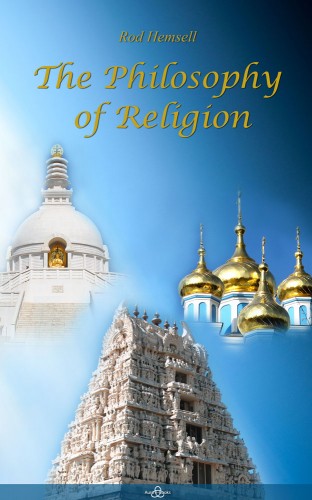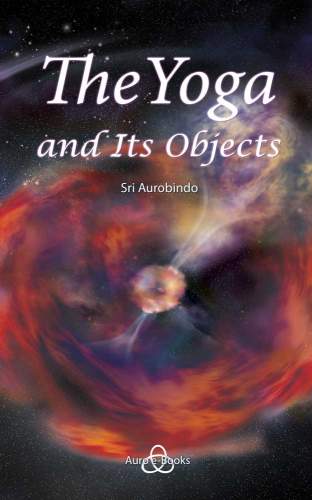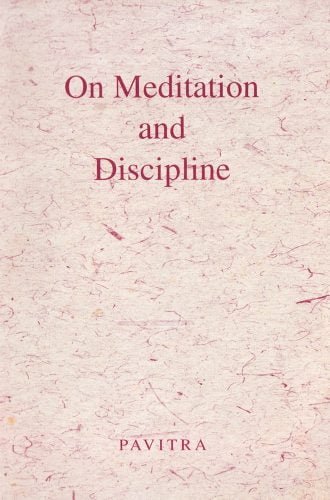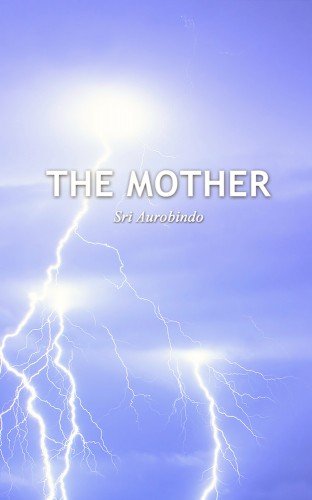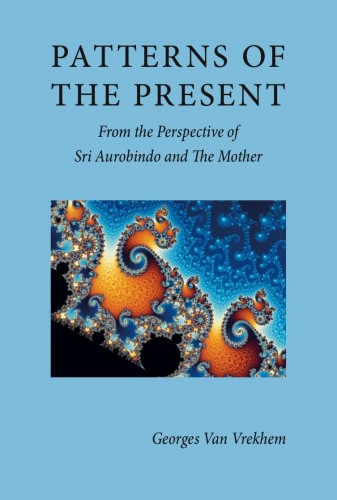
The Mother with Letters on the Mother
The Mother with letters on the Mother. These inspirational essays by Sri Aurobindo form a powerful statement of the true attitude to be taken by a sadhak of the integral Yoga: one of a complete and dynamic surrender to the Mother. They describe the triple movement of aspiration, rejection, and surrender, the conditions for a true faith and sincerity, the irresistible power of the Divine Mother’s grace, the need to reconquer the money-force for the Mother’s work, and the joy of a perfect instrumentality through selfless work, surmounting the demands of the ego. The final piece describes the four great powers and personalities of the Divine Mother.
SABCL volume contains Sri Aurobindo’s text of The Mother, with letters on his spiritual collaborator, the Mother; and translations of some of her “Prayers and Meditations”:
- Part I, The Mother. THE MOTHER was first published in 1928. The main part of this book describing the four Shaktis etc. and the opening portion were written in 1927. The rest was originally written as letters. Since its first publication the book has gone into thirteen editions up to 1971.
- Part II, Letters on the Mother. LETTERS OF SRI AUROBINDO ON THE MOTHER was first published in 1951. The letters included in this book were arranged under ten sections. These letters with additional material rearranged under eleven sections formed Part III of SRI AUROBINDO ON HIMSELF AND ON THE MOTHER published in 1953. In the present volume of the Centenary Edition this part has been further expanded by the inclusion of a large number of additional letters and the material has been rearranged under twelve sections.
- Part III, Prayers and Meditations. This collection is not complete. It contains only the portions which Sri Aurobindo translated from the Mother’s PRIÈRES ET MÉDITATIONS written in French. These translations were first brought out in book-form in 1941 and reprinted in 1948, 1954, 1962, 1969 and 1971.
Read more
